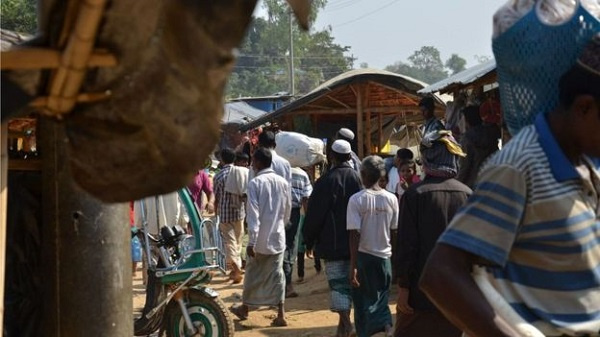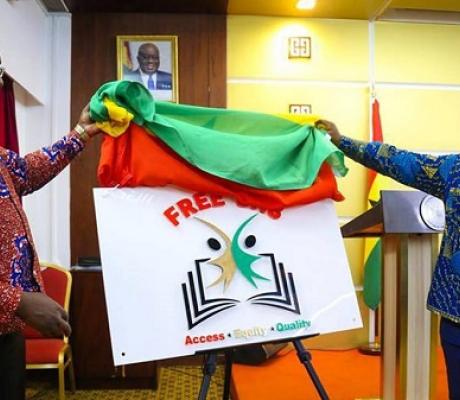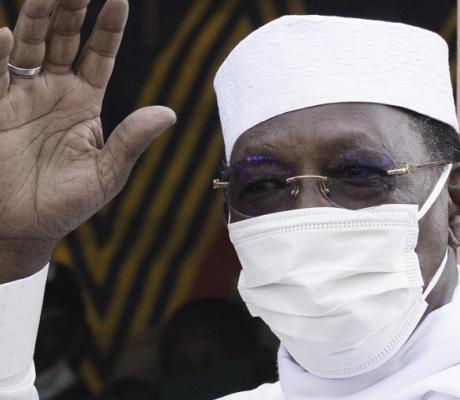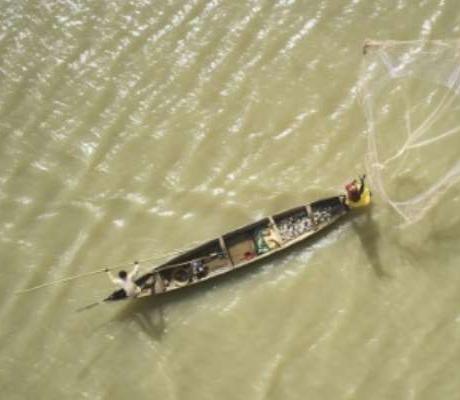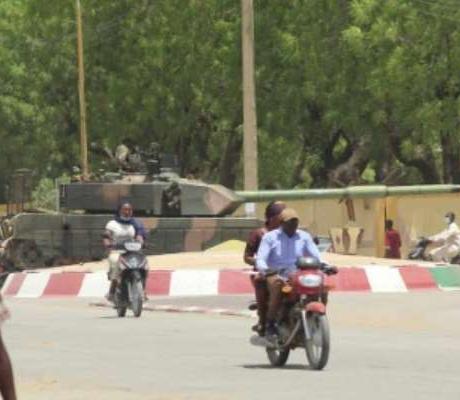More than 4,000 refugee returnees have returned to South Sudan between December and now from neighbouring countries, according to the United Nations High Commissioner for Refugees (UNHCR) and South Sudan's Relief and Rehabilitation Commission (RRC).
The UN Refugee Agency, in a statement yesterday said, 4,036 South Sudanese refugee returnees were verified to have entered South Sudan in December and early this year, a marked reduction of spontaneous or voluntary returnees from 7,981 reported in November 2020.
“The majority (61%) of the spontaneous refugee returnees were from Sudan while 23% returned from Ethiopia. Returnees from DRC, Uganda, and Kenya represent 15%. Most returns were to Unity State (61%), Upper Nile (16%), and Jonglei (11%). The highest movement from October-December (2020) was reported at border points with Sudan and Ethiopia. However, the Nimule border point with Uganda is still among the highest return routes, in addition to Pantou and Elfoj with Sudan and Pagak and Shatta with Ethiopia,” UNHCR said.
The UN refugee agency attributed some of the inflows to family visits during the festive season to attend traditional ceremonies and festivals, improved security in South Sudan, fear of the current unrest in Ethiopia, and anticipated unrest during and post-election period in Uganda.
UNHCR said, “Additionally, 2,813 pendular movements of South Sudanese refugees were reported across border points with Uganda, pending verification in return areas.”
Outflows were because of floods in some areas, especially Jonglei, Upper Nile, and Unity states, food shortage, mainly in Eastern Equatoria, Jonglei and Upper Nile states and insecurity in Central Equatoria, especially in Kajo Keji and Lainya Counties which has led to population displacement.
Returning refugees, according to UNHCR and RRC, reported cases of extortion, arrest, and harassment by authorities at Nadapal, Nimule border points with Kenya and Uganda.
“Fighting between SPLA-IO and SPLA-IG in Kajo Keji leading to the interruption of spontaneous refugee returns. Lack of shelter in host communities as they await the dry season to construct their shelter and limited capacity by authorities to respond to COVID-19 positive cases among whom are spontaneous refugees at Nimule border point,” the refugee agency added as other conditions influencing movement across borders.
According to UNHCR, the (RRC) in coordination with UNHCR and partners monitor cross-border movements at 37 strategic border points, and conditions in return areas to inform humanitarian response.
Radio Tamazuj recently reported that thousands of South Sudanese voluntary returnees from neighbouring Uganda and the Democratic Republic of Congo are in dire need of humanitarian relief assistance in Kajo-Keji and Morobo Counties of Central Equatoria State.
Local government officials in Kajo-Keji County said the mostly women and children returnees have settled in various parts of the county without access to food, clean water, shelter, and other essential non-food items.
The returnees reportedly returned to South Sudan due to harsh living conditions in the refugee camps in the neighboring countries and the improving security situation in South Sudan.
Source: radiotamazuj.org

